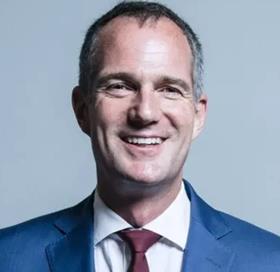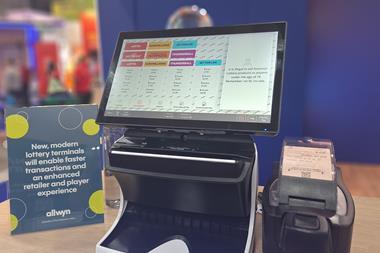
Criminals making others’ lives a misery face being stopped before they can strike through cutting edge mapping technology, supported by AI, to be rolled out by 2030, Technology Secretary Peter Kyle has announced today (Friday 15 August).
Innovators have been tasked with developing a detailed real time and interactive crime map that spans England and Wales and can detect, track and predict where knife crime is likely to occur or spot early warning signs of anti-social behaviour before it spirals out of control – giving police the intel they need to step in and keep the public safe, the announcement says.
The tech will be rooted in advanced AI that will examine how to bring together data shared between police, councils and social services, including criminal records, previous incident locations and behavioural patterns of known offenders.
The map will identify where crime is concentrating so law enforcement and partners can direct their resources as needed and help prevent further victims.
The Concentrations of Crime Data Challenge sets teams from business, universities and beyond a clear and measurable target of coming together to develop the solution to be operational across England and Wales by 2030 and is part of the Government’s £500m R&D Missions Accelerator Programme, it adds.
As part of an initial £4m Government investment, teams will deliver initial prototypes to enhance the mapping system by April 2026 – a crucial milestone that supports the Safer Streets Mission as part of its Plan for Change.

Whilst visiting the Met Police, Peter Kyle (left), said: “Cutting-edge technology like AI can improve our lives in so many ways, including keeping us safe, which is why we’re putting it to work for victims over vandals, the law-abiding majority over the lawbreakers.
“Our police officers are at their best when they join up to prevent crime rather than react to it, and R&D can deliver crucial tools for them to stay one step ahead of potential dangers to the public and property – keeping our streets safe and delivering on our Plan for Change.
“The challenge builds on existing Home Office work, including sophisticated mapping technologies targeting knife crime hotspots and the summer-long Safer Streets Initiative tackling town centre crime, taking this foundation further through enhanced research, expanded data sources and deeper analysis to better understand crime patterns and measure the impact of interventions.
“Every neighbourhood will have a named, contactable officer dealing with local issues.”
“The Safer Streets Mission also supports the Government’s commitment to put 13,000 additional police officers, PCSOs and special constables into neighbourhood policing roles. Every neighbourhood will have a named, contactable officer dealing with local issues.”
John Hayward-Cripps, CEO of Neighbourhood Watch, added: “We welcome the announcement of this challenge which will bring together experts and practitioners at the cutting edge of crime, data and technology, to create an operational mapping system which we hope will enable people to feel safer and more secure in their homes and local neighbourhoods.”































No comments yet